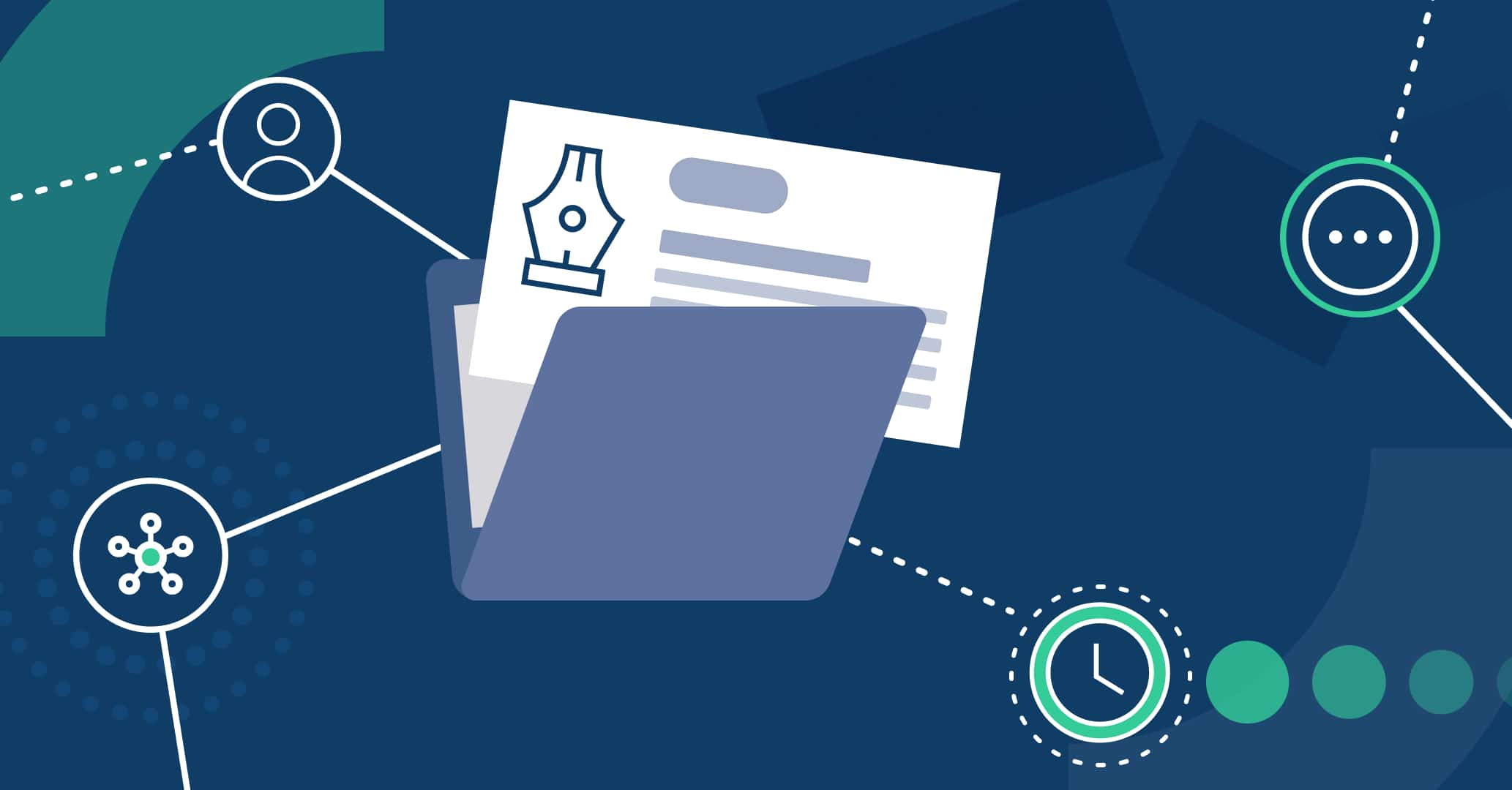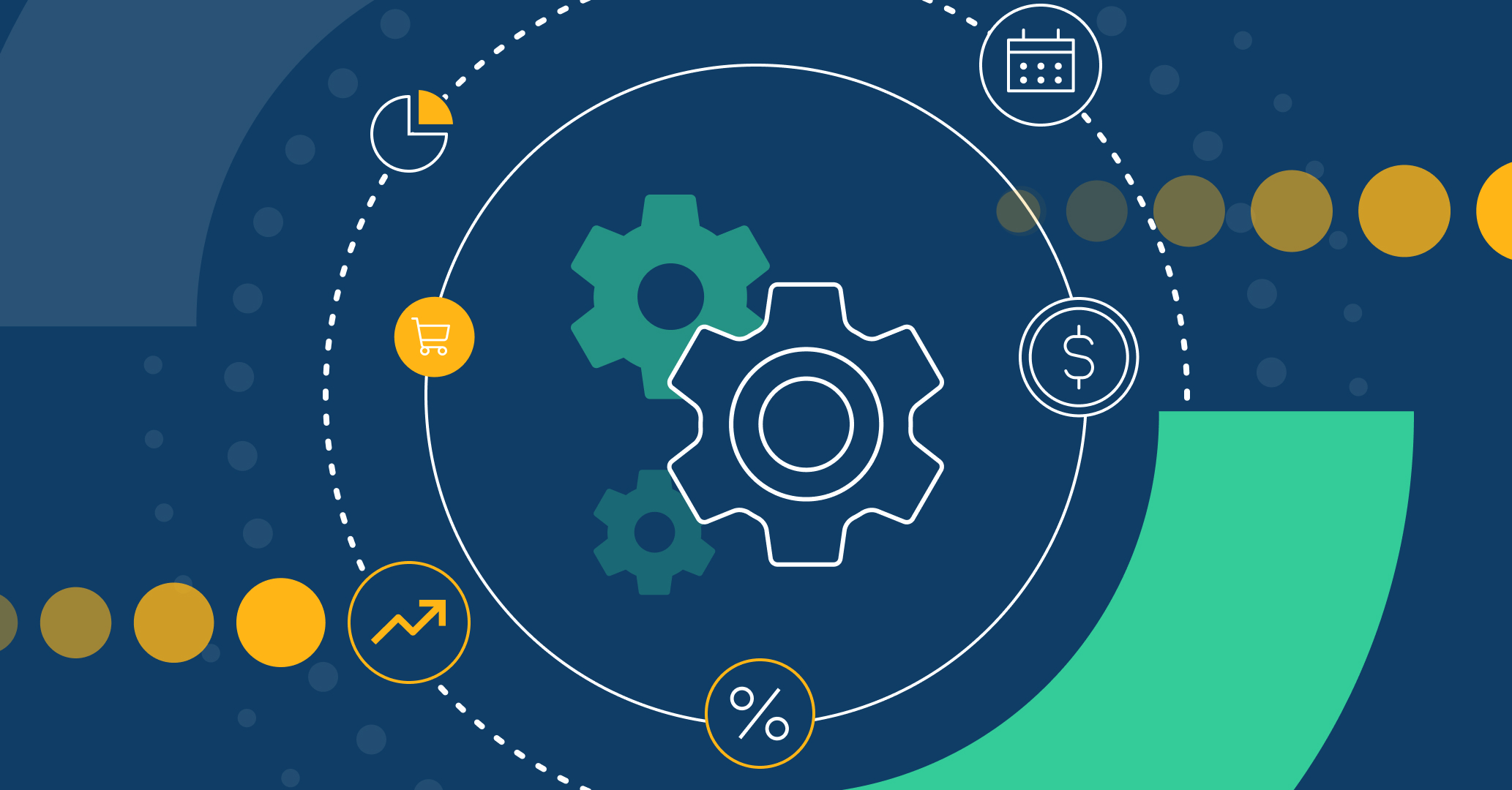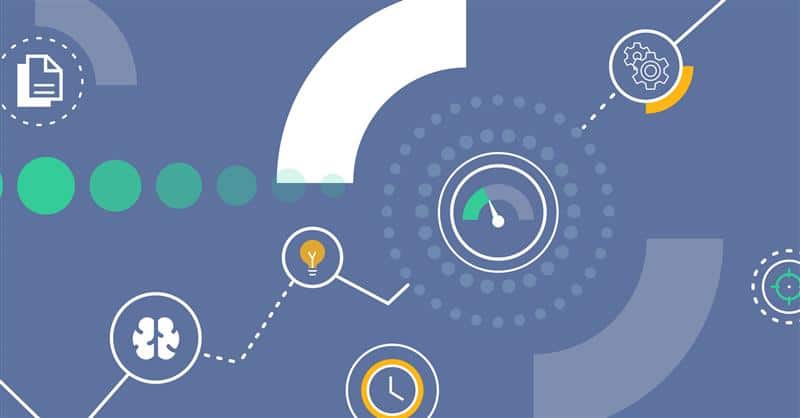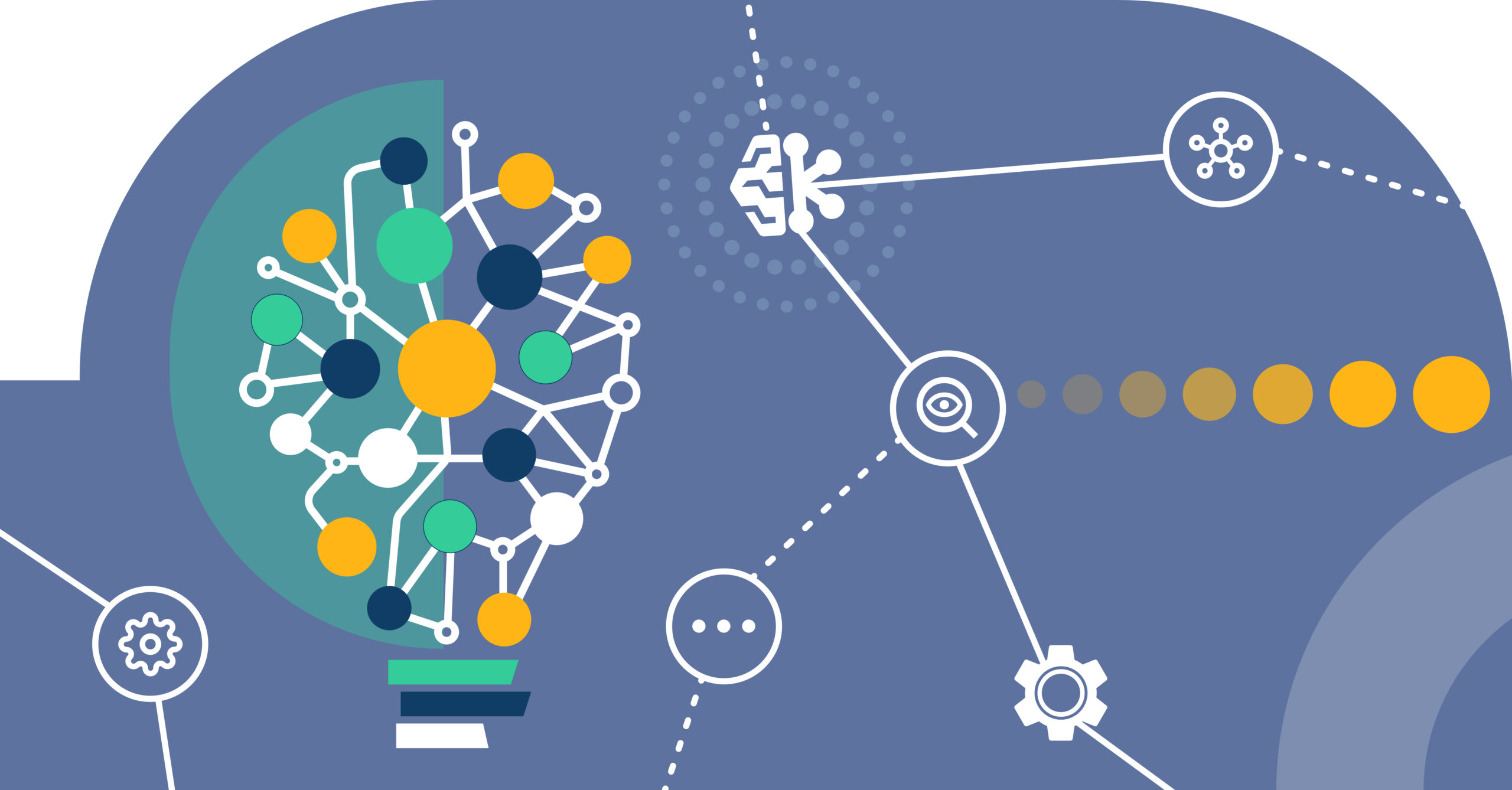Learn how to standardize work processes
Standardizing work processes has become a crucial aspect for an organization’s performance. But how to standardize processes optimally?
At Qflow, we have extensive experience in standardizing processes. Our BPM tool is designed to simplify every step, providing a framework to map, automate, and monitor your processes.
In this article, we will explain what work process standardization entails, delving into its importance, benefits, and challenges, with the aim of improving an organization’s operational efficiency and quality, seeking sustainable long-term growth.
What is work process standardization?
Work process standardization is the practice of organizing the goals, tasks, and stages that make up a process, with the aim of unifying an organization’s procedures.
Standardizing processes is a fundamental step on the path to process management maturity. When an organization’s business processes are standardized, they can be systematically replicated and documented, achieving a routine in operations.
What is its importance?
Work process standardization prevents the appearance of variables in solving any set of defined tasks for a company’s operation. If processes can be replicated, then they can be automated, significantly boosting an organization’s efficiency.
Achieving consistency in business processes is vital for an organization’s productivity, facilitating compliance with quality management standards such as ISO 9001. Therefore, process standardization improves the quality of services provided, increasing customer and employee satisfaction while reducing production costs.
How to standardize processes in a company?
To successfully standardize processes in a company, it is necessary to do so gradually, following a series of recommended steps.
- Evaluate the current situation. Before embarking on the path of process standardization, it is necessary to analyze the organization’s current processes and identify strengths and weaknesses in their execution.
- Define objectives. To monitor the effectiveness of process standardization, the organization must establish goals to be achieved with its implementation. What weaknesses identified in the previous step seek to strengthen with process leveling?
- Find the ideal tool. Choosing the right software is essential to enjoy the possibilities that a BPM tool offers in process standardization. Once the desired solution is found, options for acquiring and licensing the software must be studied to start implementing it in the organization.
- Design an implementation plan. Identify which processes to standardize first, estimating the time and resources needed for their modeling, configuration, and testing.
- Train employees. Qflow offers a 24-hour course to train its users in the tool, as well as providing manuals and tutorials on its uses and functions.
- Map the process. Design the process, from its start event to its completion, defining tasks and roles that make up the process.
- Perform iterations. Once mapped, the process must be tested to ensure its correct functioning, involving the different users who will work with the tasks and making the necessary corrections.
- Document. Keep a record of the processes carried out, including dates, users responsible for each task, and submitted responses.
Example of process standardization
Let’s take as an example an Incident Management process, necessary to automate the reporting and resolution of incidents detected in an organization’s operations. These processes require a particular agility in their resolution, needing to assess and resolve incidents quickly to avoid bottlenecks. To ensure optimal Incident Management, the aspects that make up the process must be standardized:
- Stages: The stages of an Incident Management process include receiving the initial report form with the required data, evaluating the report, assigning the incident to the specialized area of the company, and resolving it. If necessary, additional steps such as requesting additional information may be required.
- Evaluation: The solution offered for the reported incident can be evaluated by the requesting user, as well as by an area referent, thus monitoring the quality of the resolutions.
- Integrations: A BPM tool like Qflow allows integration of the incident management process with external tools, triggering the generation of a ticket in Jira, Redmine, or Mantis to record information effortlessly.
- Documentation: In the case of incident management, documentation is a critical resource for its optimization. Faced with reports of similar incidents, documentation allows the application of solutions that were successful in the past, as well as detecting deeper errors in the company’s operations.
Benefits of standardizing processes
Standardizing work processes boosts the organization’s efficiency, solving problems that hinder its growth.
- Streamlining. One of the main keys to efficiency, standardized and automated processes through tools like Qflow are resolved quickly by trained collaborators.
- Lower risk. Process standardization serves as a guide for their resolution. Consequently, replicable processes have a lower margin of error, reducing risks in their management.
- Satisfied collaborators. Standardizing work processes avoids overloading collaborators, allowing easy task delegation in the absence or saturation of assigned users. Qflow has a series of delegation rules available to optimize task allocation, lightening the workload of collaborators.
- Satisfied customers. Similarly, streamlining and effectiveness in process management results in greater customer satisfaction, as they see their acquisition of goods or services optimized.
- Simpler audits. Process documentation facilitates monitoring, providing accessible tools for process auditing.
Difficulties when standardizing processes
As explained in the article Innovation in process management: implementing Qflow Cloud in your organization, to standardize its processes, an organization must ensure compliance with certain requirements, facing the challenges that this entails.
- Tool choice. Considering the wide range of BPM tools available on the market, studying the different options and choosing the ideal software for process standardization is a challenge, requiring a careful comparison of the functionalities offered with the organization’s needs.
- Implementation cost. Process standardization involves an investment in terms of time and resources, including the acquisition of licenses for the chosen BPM tool, as well as the hours of work that the team of collaborators must devote to learning the software, modeling, and iterating the processes.
- Training. The success of process standardization depends on the team of collaborators involved in its implementation. Training users of the process in the use of the chosen tool is a challenge that requires study and practice.
- Compliance with regulations. When standardizing its processes, the organization must ensure that its objectives and procedures align with the requirements of the relevant regulations. Otherwise, compliance will be hindered.
Qflow as an ally in process standardization
We have understood how to standardize processes and that process standardization offers overwhelming benefits for an organization’s operations, becoming indispensable for its competitiveness. However, the steps involved in its implementation can pose a considerable challenge. This is where a tool like Qflow becomes the ideal ally.
Qflow is a BPM tool designed to design, document, automate, control, measure, and improve business processes. When it comes to standardizing work processes, Qflow provides a framework to map, automate, and monitor processes.
Some aspects that position Qflow as the best alternative for process standardization are as follows:
- No technical knowledge required. Any user can train to use Qflow. With an intuitive design tool, Qflow allows you to map your processes in BPMN notation with ease and speed.
- Automated processes. Qflow automates business processes, leaving behind manual task management, optimizing response times and effectiveness in operations. Through standardized activities, it reduces the margin of error, ensuring customer satisfaction.
- 100% Auditable. Qflow generates audit records for each action taken on the platform. Its documentation system allows you to make decisions based on real evidence, facilitating the conduct of audits, as well as the detection of failures in operations. traces on each action taken on the platform, allowing you to monitor your efficiency.
- Collaborations. Through notifications, alerts, and comments in processes, Qflow facilitates collaboration, centralizing organization activities in a single platform.
Conclusion
Standardizing work processes is essential for organizing and unifying an organization’s activities. This involves setting goals, selecting the right tools, and training staff to boost operational efficiency.
In this context, Qflow emerges as a comprehensive solution for process standardization, offering a user-friendly platform designed for the automation, documentation, execution, and continuous improvement of business processes, taking your organization to the next level. Try Qflow today and enjoy the benefits of efficient process standardization.






